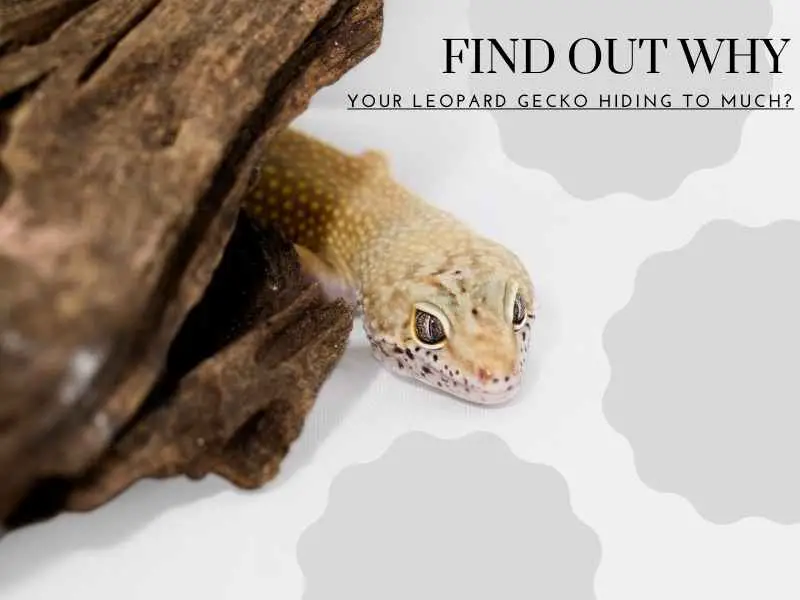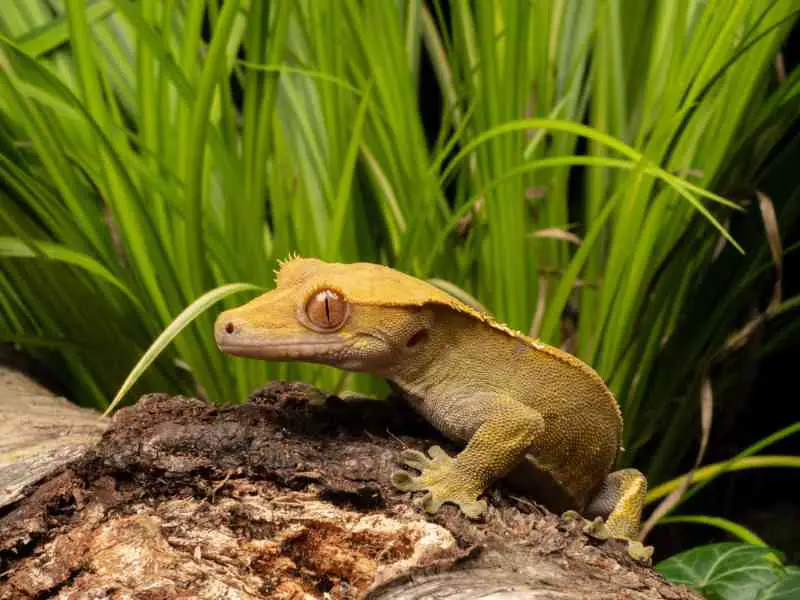How To Protect Your Gecko if You Have a Cat or a Dog in the House

Geckos are calm and oftentimes adorable little pets that are easy to keep even for beginners. However, when the little lizards have to share a living space with four-legged companions, owners might start to fear for their African fat tailed gecko’s safety – and sometimes with good reason. So the question is, what can you do as a gecko owner?
While canines and reptiles are known to co-habit without much issue in some cases, the relationship between cats and geckos is much more complicated and can easily turn dangerous for both. It is advisable to keep the two separated and to enforce this separation by means of physical barriers and heavily protected enclosures for the reptile.
While man’s best friend is less likely to betray his title and do any harm to your gecko, the cat is another story – it is important to never let her get too close, both for her sake as well as the reptile’s! Below, we’ll show you some tips and tricks on what to do to keep all of your pets out of harm’s way when there’s such a conflict at play.
Contents
What to Do to Keep Geckos Safe from Cats
Sharing a space with a cat is a dangerous proposition for a small reptile such as a gecko. Cats are natural predators at heart and won’t waste a moment upon sighting one to try and devour it, or to carelessly flick it around unabashedly,
For you as their owner, this means acknowledging both animals’ unique needs, and accepting that you can train the cat’s instincts away just as much as you can train your gecko to develop a foul smell in self-defense – not at all.
Instead, we have collected some handy safe-keeping strategies that should work much better.
Ensure Separation of Space
This is a great strategy to use in general to make animals such as cats or dogs less interested in smaller pets that might otherwise be seen as prey. In short, all you have to do is to make sure that the two cross paths as little as possible each day.
You should try to minimize their daily interactions not just by scheduling walks or activities away from where you keep your gecko vivarium, but also by locating said enclosure where a curious cat would have a hard time reaching it.
Whenever you’re away or can’t keep your eyes on everyone at the same time, you could also consider putting your gecko in a room with locked doors.
Negative reinforcement
Another way to make sure your cat doesn’t try anything funny with your gecko is to use negative reinforcement whenever the two get too close for comfort. For example, when you catch your cat making moves around the vivarium, don’t just take them to a different room or distract them with a toy – make them uncomfortable instead, by spraying little water at them for example.
The discomfort of this feedback will eventually enter the cat’s mind as an association with approaching the gecko, and this will discourage them from trying similar things in the future.
Simple, and Pavlovian! What’s not to love?
What to Do to Keep Geckos Safe from Dogs
While dogs pose less of a threat to geckos in most circumstances, that doesn’t mean that taking a few precautions isn’t still prudent. After all, dogs are hunters too – and their appetite knows no bounds.
However, they should be much less persistent in their attempts to hunt down your lizard friend as long as you give them a push in the right direction. Let’s go over how you can do that!
Ensure Constant Supervision
This is vital for dog-gecko interactions, especially if the two don’t know each other well yet: Supervise, supervise, and supervise!
Dogs are nothing if not inquisitive, and when a new animal enters their environment, they will immediately get curious and study it. Geckos exhibit many of the traits that dogs associate with prey in the wild – they’re small, often alternate between laying still and zooming around quickly, and they can display vivid, enticing colors.
This is why it is highly important to watch over both of them, and to tell your dog without any room for doubt – best by issuing strict, direct commands – that approaching the gecko enclosure in any way is bad behavior.
Watch Out for Signs of Interest
Dogs will display, often quite overtly, when they see your gecko as more than just another friend in the house. Note any of these signs:
- Pacing around the vivarium
- Intense staring whenever the gecko is around
- Signs of alertness, such as cocking ears, pointing with the tail, or sniffing intensely
- Scratching at the glass of the gecko enclosure and watching for reactions
Negative Reinforcement
Even more so than cats, dogs can easily be taught that looking at your gecko the wrong way is not how to be a good boy. Apart from verbal reprimands, you can also use Pavlovian associations with discomfort as we discussed above – in fact, these are even more likely to work on a dog with less effort required.
Conclision
We have established that your four-legged pets can – and without the proper training and supervision, just might – indeed do harm to your gecko. We have also analyzed the simple steps you can take to prevent this.




